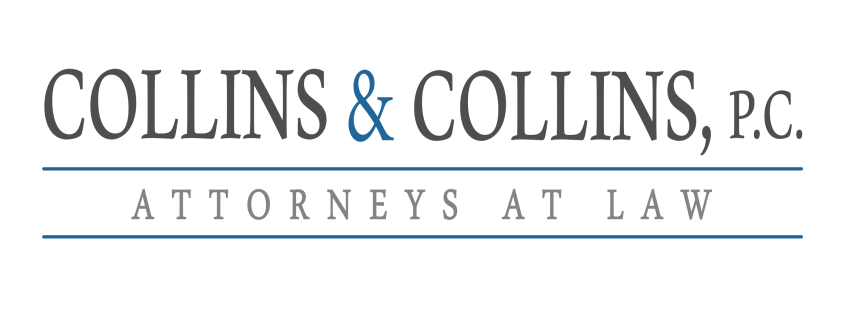Failure to Screen for and Monitor Drug Interactions May Constitute Medical Malpractice
Medication errors are a serious problem, and many of them involve preventable drug interactions.
The Academy of Managed Care Pharmacy (AMCP) describes a specific preventable error as one that is “due to the lack of both adequate documentation and drug utilization review.” In other words, physicians and pharmacists should be taking a close look at the drugs that patients are currently using to determine whether a dangerous drug combination might occur.
If they don‘t, their failure to properly screen and monitor for harmful interactions could constitute medical malpractice exposing them to liability for the injuries and damages that result to the patient.
What is a Drug Interaction?
The Federal Drug Administration (FDA) defines a drug interaction as one of the following: an occurrence that can make other drugs less effective, can cause unexpected side effects, or can increase the action of a specific drug. The FDA explains that there are three kinds of drug interactions.
- Drug-Drug interactions happen when two or more drugs react with one another to cause an unexpected side effect. These interactions can occur with two prescription medications, over-the-counter and illegal drugs, or a mix of the two. For example, the FDA explains that taking a sedative with an antihistamine can cause a drug combination that leads to delayed motor responses. One recently growing proble is the issue of dangerous inteactions between other drugs (specificially opiates) and alcohol.
- Drug-Food/Beverage interactions happen when drugs react with food or beverages. For example, the FDA says that taking alcohol with certain drugs can dramatically slow your reaction time.
- Drug-Condition interactions happen when you have an existing medical condition that makes “certain drugs potentially harmful.” For example, having high blood pressure can make certain medications very dangerous to you (and these are drugs that wouldn‘t otherwise be harmful to someone without high blood pressure).
Screening and Monitoring to Prevent Harmful Drug Combinations
One important method that health care professionals can use to monitor patients‘ potential drug interactions is an electronic health record (EHR) system. These systems do exactly what they sound like–they maintain a database for each patient‘s health record, and they perform other internal functions, too. According to HealthI, these systems can “track medication use, identify drug interactions, and provide better healthcare to patients.”
Who uses these EHR systems? The American College of Physicians (ACP) explains that there are a number of types of EHR systems that medical facilities can choose from. Most importantly though, the ACP makes clear that the government is working to make sure that all health care providers are using EHR systems. In fact, “the government has imposed incentives and deadlines to implement EHR systems or face penalties.” These incentives are available to medical professionals who “adopt, implement, upgrade or demonstrate meaningful use of certified EHR technology,” according to the Centers for Medicare and Medicaid Services.
What are the Patient‘s Responsbilities?
According to the AMCP, healthcare professionals have a duty to make sure they‘ve provided their patients with adequate education about potential drug interactions and warnings associated with certain prescriptions.
At the same time, some of the onus to prevent dangerous drug combinations is on the patient. When they‘re prescribed a medication, patients must be honest with their physicians and pharmacists about other drugs they‘re currently using to avoid harmful interactions. The AMCP explains that patients can act as “the final check system.” In addition to being informed about potential drug interactions (and informing their health care providers), patients can also carry an up-to-date list of medications with them in case of an emergency.
But of course, errors still occur. In cases where medical professionals fail to monitor or to otherwise prevent a harmful drug interaction, they can be held accountable for this negligence. The Clinical Manual of Drug Interaction Principles for Medical Practice makes clear that physicians are responsible for a “failure to monitor drug levels with medications known to exhibit considerable drug-drug or drug-dietary interactions.” And in some cases, even nurses and pharmacists have been named as co-defendants in medical malpractice claims.
Do Not Delay!
If you or a loved one have been harmed as a result of a drug interaction and you believe medical negligence is to blame, it is important to contact a medical malpractice attorney right away. There are important and strict deadlines in medical malpractice claims that when missed will bar your claims completely.
Related Reading:
Failure of Medical Provider to Properly Screen for Medications
Growing Dangers of Prescription Drug Abuse
Hospital Medication Errors More Common Than One Might Think

